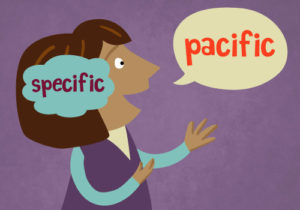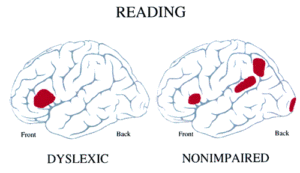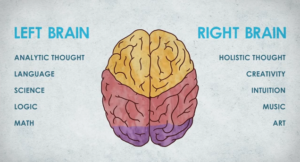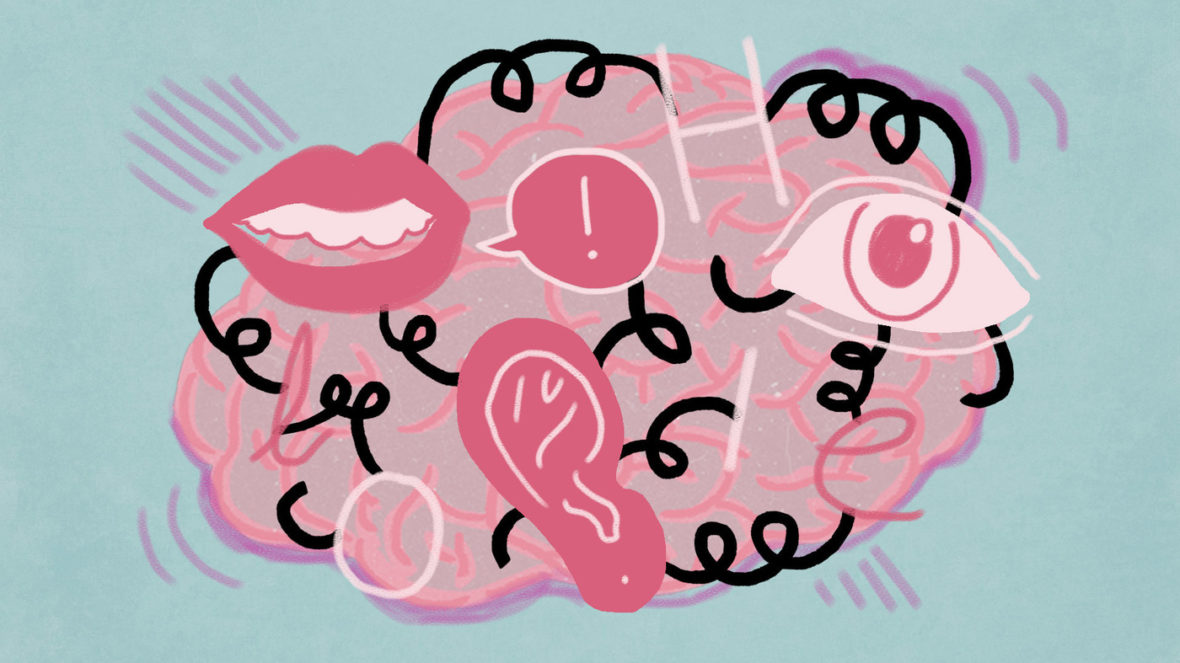Dyslexia is a learning disability that also includes difficulty in using and processing linguistic and symbolic codes, alphabetic letters representing speech sounds and numeric representing numbers or quantities. The first description of dyslexia appeared in 1896 by Dr. W. Pringle Morgan in Sussex, England. Take a look below for 26 more interesting and important facts about dyslexia.
1. The word “dyslexia” comes from the Greek word “dys,” meaning poor or inadequate, and the word “lexis,” meaning words or language.
2. Dyslexia isn’t the result of neurological damage, but the product of neurological development.
3. It doesn’t reflect an overall defect in language, but a localized weakness within the phonologic module of the brain. The module is the functional part of the brain where the sounds of language are put together to form words and where words are broken down into sounds.
4. People who have dyslexia often have a unique mindset that’s gifted and productive but learns differently than other minds.
5. Dyslexia affects about 10% of the worldwide population.
6. According to NIH research, 80% of people who are put in special education for a learning disability have dyslexia.

7. Dyslexia is by far the most common learning disability.
8. A Yale study found that the number of girls and boys who have dyslexia are just about the same.
9. Some of the most brilliant minds of our time have been known to have dyslexia. For example, Albert Einstein, Alexander Graham Bell, Thomas Edison, Winston Churchill, Benjamin Franklin, Wolfgang Amadeus Mozart, and John Lennon have all had dyslexia.
10. Dyslexic people often enjoy and excel at solving puzzles.
11. They have excellent comprehension of the stories that are read or told to them.
12. Most dyslexics have a better sense of spatial relationships and have better use of their right brain.
13. They have excellent thinking skills in areas of conceptualization, reason, imagination and abstraction.
14. They have a very strong ability to see concepts with a “big picture” perspective.
15. Dyslexics tend to be much more curious, creative, and intuitive than the average person.

16. Dyslexia is known to affect spoken language, written language and language comprehension.
17. Dyslexics have some trouble breaking down words that they’re not familiar with into letter-sound segments. As a result of this, their reading is often slow and filled with errors.
18. Most dyslexics have trouble understanding that words come apart. For example, the word “batboy” can be pulled apart into “bat” and “boy” and then, later on, the word “bat” can be broken down further into “b” “aaa” “t”.
19. They also have a difficult time learning to associate letters with sounds, for example, most are unable to connect the letter b with the “b” sound.
20. They will sometimes make reading errors that show almost no connection to the sounds of the letters. For example, they will read the word “big” as “goat.”
21. They also have difficulty remembering dates, names, telephone numbers and random lists.
22. Despite popular belief, people with dyslexia don’t see letters backwards. They often have difficulty naming and writing letters and writing letters backwards is something that many kids will do when they’re first learning how to write, whether they have dyslexia or not.

23. Dyslexics are thought to be reading backwards because of what’s called the “Recency Effect.” This is when they pronounce the word using the most recent sound first, like “tap” for “pat.”
24. Researchers at Yale have shown that when people with dyslexia try to read, the front part of the brain is overstimulated while crucial portions in the center and back are under stimulated.
25. Research has shown a strong correlation between dyslexia symptoms and deficits in short-term memory and executive functioning.
26. The more important, consistent, frequent, multi-sensory, and emotionally reinforcing information is presented, the easier and more enduring language learning becomes for dyslexics.




